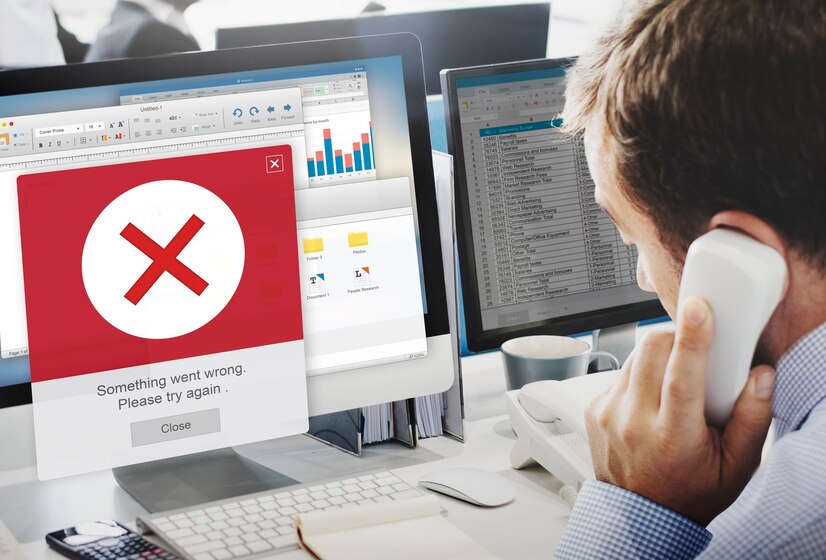Top Challenges Businesses Face When Applying for Import Export Code (IEC)
Applying for an Import Export Code (IEC) can be a game-changer for businesses looking to expand their operations globally. However, the process isn’t always straightforward, and many businesses encounter challenges along the way. Understanding these challenges can help you navigate the IEC application process more effectively. Here are some common hurdles that businesses face and how to overcome them.
1. Understanding the Requirements
One of the first challenges businesses face is understanding the requirements for obtaining an IEC. The application process can be daunting, especially for new entrepreneurs unfamiliar with the necessary documents and compliance rules. Often, businesses struggle to gather the correct documentation, which can lead to delays in processing.
Tip: Consult with professionals who specialize in IEC applications. They can guide you through the requirements, ensuring you have everything you need before submitting your application.
2. Complex Application Process
The IEC application process can be complex, with various forms to fill out and information to provide. Many applicants find themselves overwhelmed by the amount of information required. Mistakes or incomplete submissions can result in rejections or further delays.
Tip: Take your time to read through the application guidelines carefully. It’s often beneficial to have someone experienced review your application before submission to catch any errors.
3. Technical Issues
In our digital age, technical issues are a common roadblock when applying for an IEC. Businesses may face challenges with online applications, such as server downtime or problems with the website interface. These issues can lead to frustration and lost time.
Tip: If you encounter technical difficulties, don’t hesitate to reach out to the support team for assistance. Document any issues you face to ensure they are resolved promptly.
4. Inadequate Knowledge of Compliance Regulations
Compliance regulations can change frequently, making it challenging for businesses to stay up to date. Many applicants may not be aware of recent amendments or new requirements that could affect their application. This lack of knowledge can lead to compliance issues down the line.
Tip: Stay informed by regularly checking government websites or consulting with compliance experts. They can help you navigate any changes in regulations that may impact your application.
5. Time-Consuming Process
The IEC application process can be time-consuming, which is a significant challenge for many businesses. Balancing daily operations while trying to secure an IEC can create stress and overwhelm for business owners.
Tip: Plan ahead and allocate specific time for completing your IEC application. Breaking the process into manageable steps can help alleviate stress and ensure that you meet deadlines.
6. Financial Constraints
For small businesses and startups, the costs associated with applying for an IEC can be a concern. Fees for registration, documentation, and potential consultancy services can add up, making it difficult for some businesses to proceed.
Tip: Consider budgeting for these costs early in your business planning. Look for financial assistance programs that may be available to help ease the financial burden of the IEC application process.
Conclusion
While applying for an Import Export Code can present various challenges, being aware of these potential hurdles can help you prepare effectively. With proper planning and support, you can successfully navigate the application process and unlock the doors to global trade opportunities.
If you need assistance with your IEC application or have any questions, feel free to reach out to us at The Tax Compliance:
Call Us: (+91) 74-192-77-192
Mail Us: thetaxcompliance@gmail.com
Website: thetaxcompliance.com





